Audience and Setting:
The class I would be using this for would be either an 11th or 12th grade world history class. As with most things these days, this would be done over Zoom. I’d like to give this lesson synchronously, with a bit of prep involved upfront from asynchronous reading material. This would be used as a lesson during a unit that I would really like to teach at the beginning of the year, about historical thinking and research. I want to begin my history classes with some kind of introduction into the field of history itself, and teach my students how to begin to think historically and critically consider information they encounter.
Content:
For this lesson we will be looking at travelogues as sources, and use this as a way to talk about what sources can do for us. What kinds of information are travelogues useful for, and when should we look elsewhere? This would be part of a larger conversation on primary versus secondary sources, and in an extended class I would want to do some think/pair/share activities with different travelogue and journal sources.
Process:
I imagine this lesson as looking into travelogues and journals specifically, after a brief introduction on the subject in an earlier lesson. For this lesson we will take a look at a few quotes and specific sources, and ask students in a think/pair/share what parts of the sources they found to be very reliable, somewhat reliable, or not at all reliable. From there as a class we will try to come up with a list of contexts in which using travelogues would be the best source or the worst source. The point of this would be to help students uncover ways to use sources they might not consider at first.
Resources:
For the asynchronous portion of the lesson I will provide students with excerpts from a few different travelogues and journals. In a longer class we may actually read one full travelogue. During the lesson I would provide a few excerpts and use Jamboard or Google Slides for breakout sessions in a think/pair/share.
Delivery:
The lecture portion would be short; simply going over the already-provided texts used for the asynchronous lesson. We would discuss some of the details of the texts, and offer discussion as to who to the authors were, and where they were when they wrote their texts. For the synchronous portion, I will split the texts into groups, then have each student create a list of what descriptions provided in the texts seem reliable or unreliable. I will then break the students into pairs, and then into text groups to share their findings. Once we come back together as a class, we would discuss our findings, and evaluate travelogues as primary sources in history based on what the students find.
Example Sources:
(All images provided by the post author)
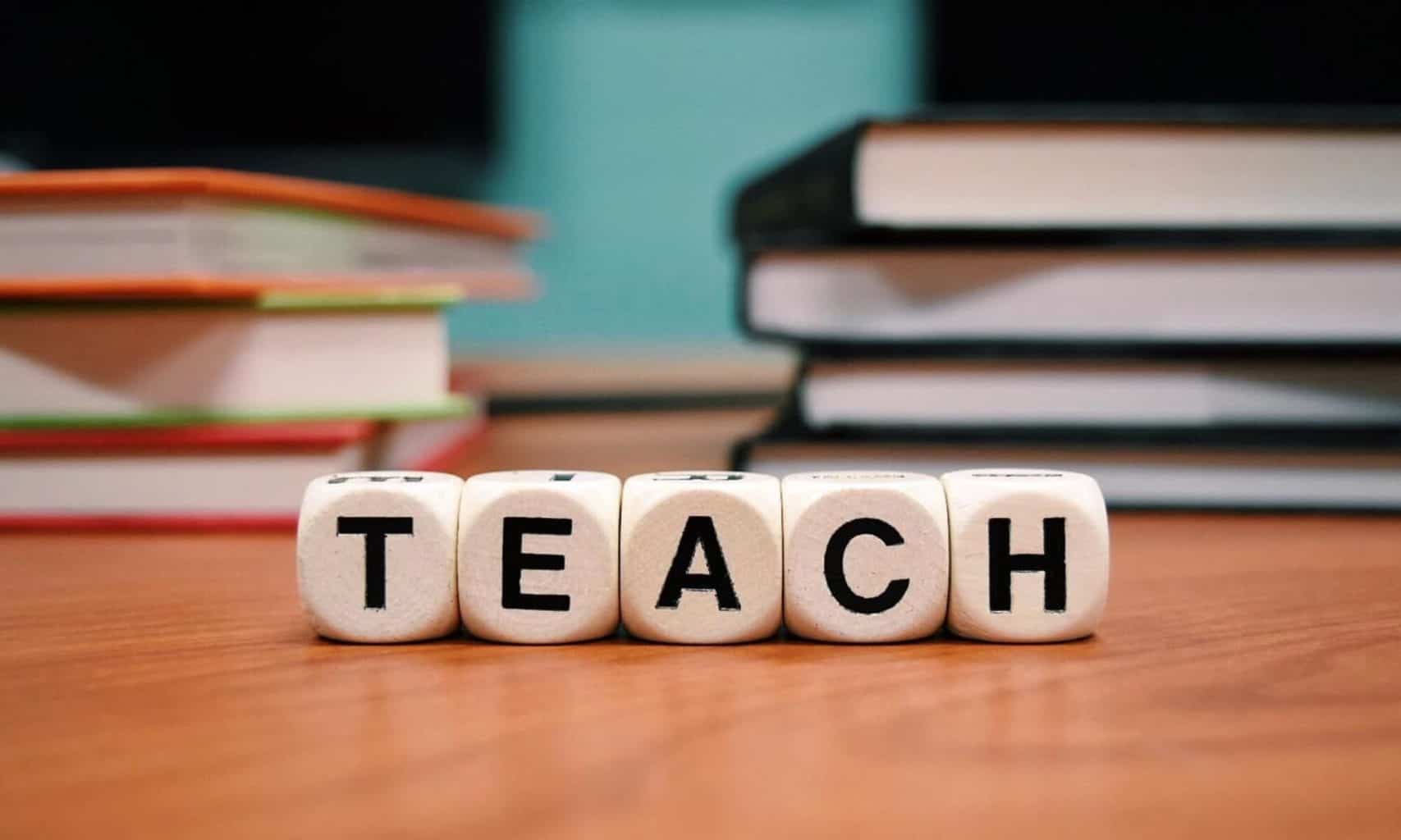
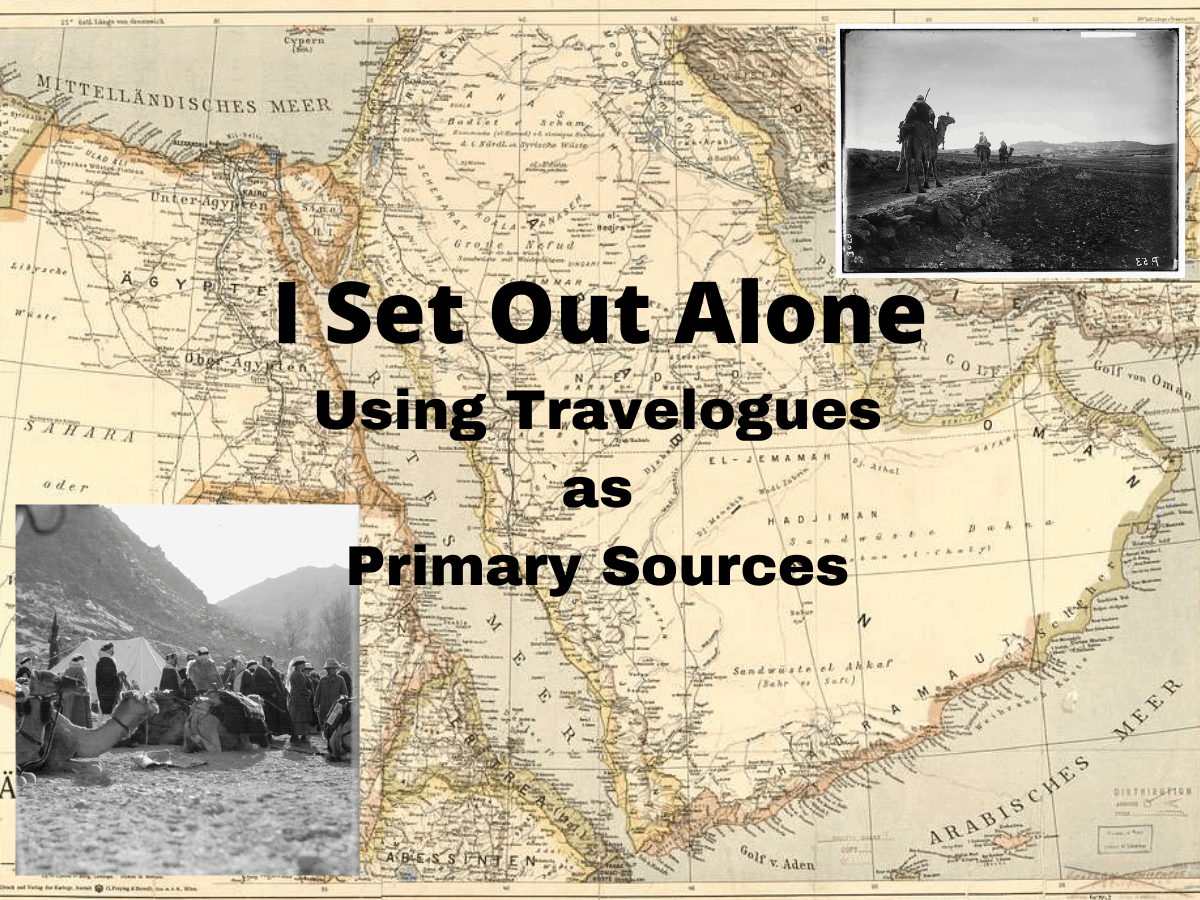

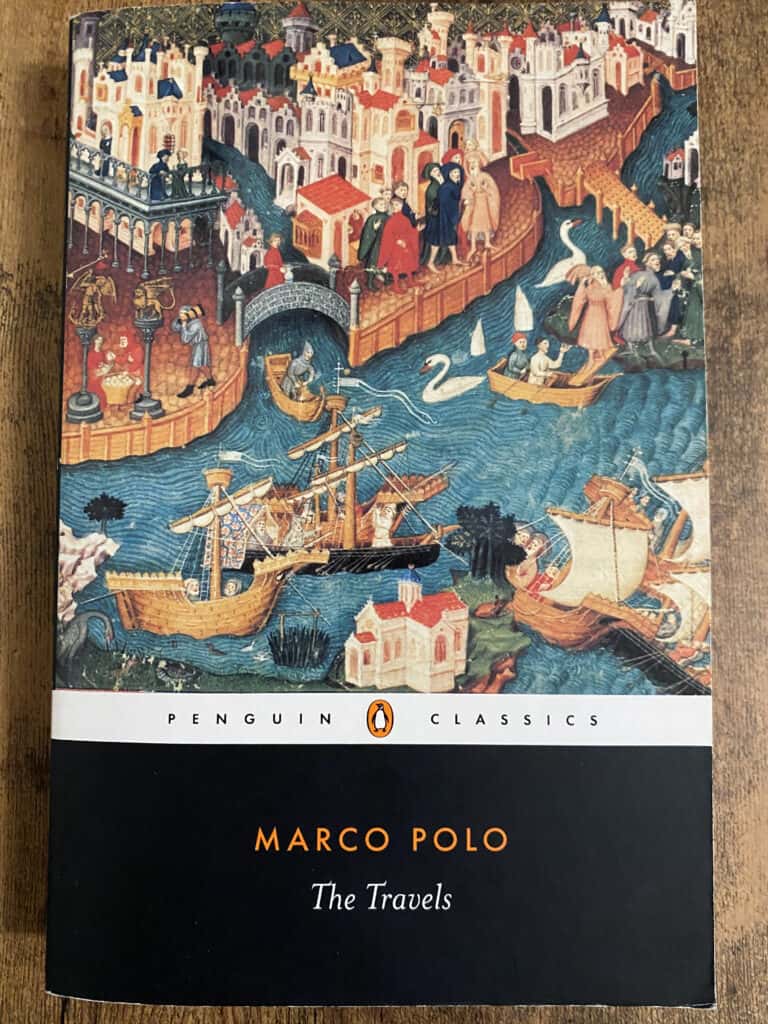
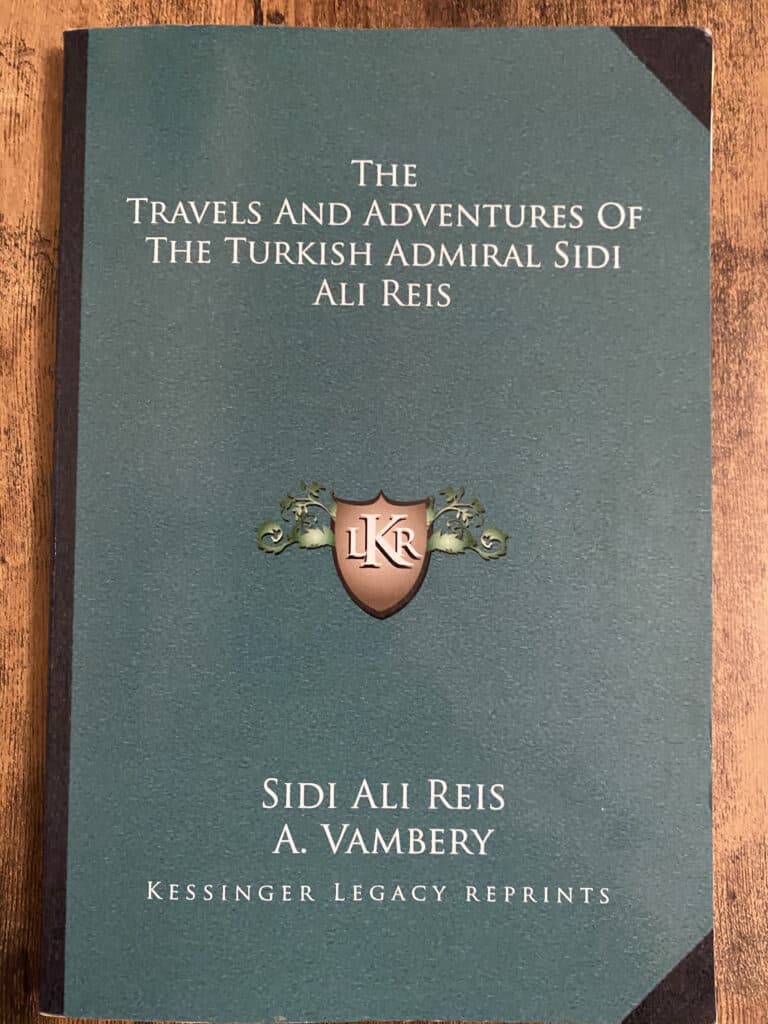

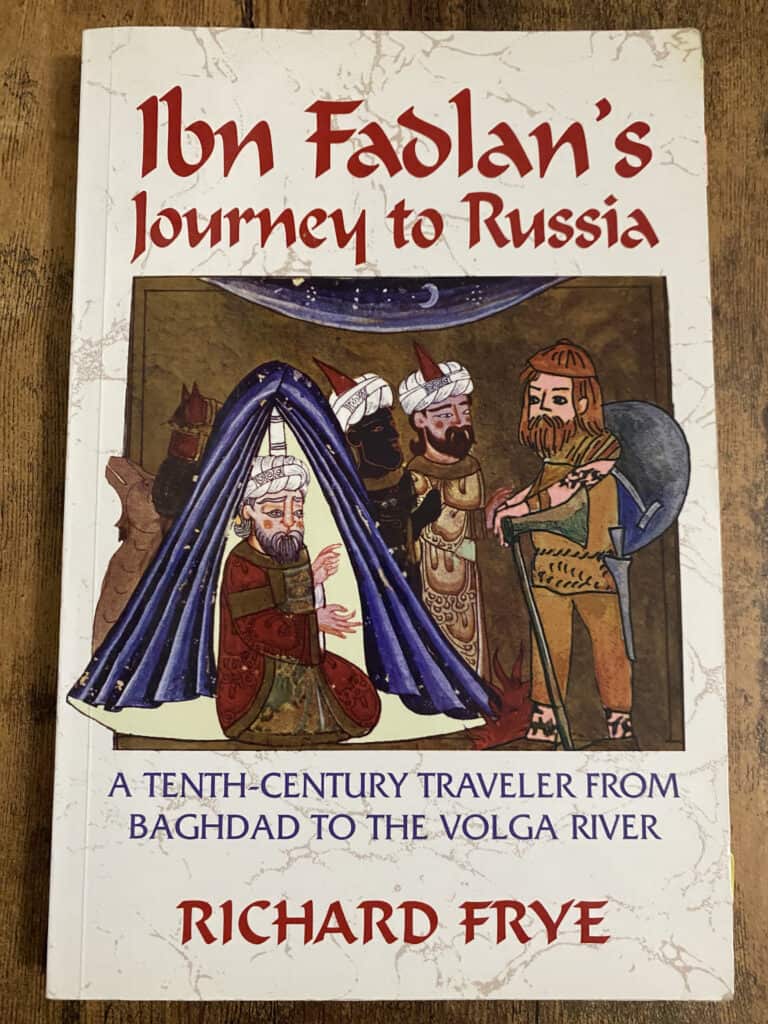
This is a really cool topic! I was originally going to base my lesson on a lesson I came across about the travels of Ibn Battuta, Marco Polo and Zheng He, but I decided to cut it down to Zheng He for the scope of this assignment.
Lol I noticed we had very similar themes in our posts. I wanted to use this as more of a historiography experiment rather than just a lesson on one explorer, otherwise I would have definitely paired this down as well.
Travelogues are so incredible, and I hope more people get the chance to read them in their classes.
Hi Tyler,
This sounds like a really interesting lesson! I like the idea of using travelogues as a way to introduce your students to primary sources and considering the benefit of primary v. secondary sources. While I have read some travelogues in various history classes, I have not heard of any of the ones in your images – so I will be looking forward to learning something new!
I love the idea of using travelogues as sources! I’m actually writing my thesis right now on Muslim-Christian relations in medieval Norman Sicily, and I am using the travels of Ibn Jubayr as one of my main sources. I’ve personally found the travelogue very engaging, and I’m sure your students will enjoy it as well!